Contribute Data
Here at Faunus, we value the conservation work carried out by people of all walks of life, from the humble farmer, to dedicated teams of conservationists conserving thousands of acres of habitat.
We welcome all contributions from all land parcels, from as small as 50 acres to as large as 1 Million and above. On the grand scale of wildlife conservation, every data point counts.
How The Data Collection Works?
As an organization, we heavily rely on the work already being carried out by landowners and conservationists. What we do is specialize in asking the right questions, gathering quality data, and making educated decisions and recommendations from our results. By doing this, we can showcase landowners producing the best results for biodiversity protection, and figure out ways to replicate that across the rest of the world.
Here is how the whole process works....
Step 1: Consultation: We discuss in detail with each landowner the specific data points we would find valuable and you would be willing to share, as well as the different Tiers of security that data may be placed in. We can then draft up a contract, and provide your reserve will all the necessary data protections you desire. For more on privacy, scroll down to the data protections section of this page.
Step 1: Contribute Data: we partner with landowners across South Africa, and collect data on the biodiversity on their property. We also measure key factors pertaining to their long term survival, such as conservation practices, economic sustainability, and preservation of local cultural practices.
Step 2: Analyze: Next we combine the collective data taken from every property, and search for patterns. We look for the key trends that promote biodiversity preservation and growth, and highlight the key issues that lead to it's decimation. we also look to see that current practices are economically sustainable (aren't prone to market forces altering profitability) environmentally sustainable (don't conserve one aspect of biodiversity at the cost of another) and culturally sustainable (allows for the preservation of cultural practices and indigenous people).
Step 3: Consult: Next, we share out findings with our panel of experts from a diverse array of professional backgrounds, ranging from conservation biology and game management, to professional hunters and ecotourism operators. This is their chance to point out anything we may be missing from the data, gaps where further data collection may be needed, and to reaffirm our conclusions.
Step 4: Report and Present: Our next step is to present all of our analysis to the public, in a way that they can understand and visualize. we do this in three main ways....
-
Species Profiles: specific information on the conservation, sustainable use, and cultural value of each species is listed in their Species Profiles, accessible to anyone at any time. This will show vulnerability valuation of species, based not just over their entire range, but broken down into specific regions.
-
As part of our annual Faunus Biodiversity Report, where we address the state of biodiversity in particular regions as a whole, and analyze large scale trends. This is by far out most in dept way of showing the results of all our data collection efforts.
-
In regards to specific species declines, or certain industries that may be having a higher than average impact on the loss/gain of biodiversity around the world, these will be discussed in depth through our Education articles.
Step 5: Apply to the Real World: after all of this analysis and reporting, our job now is to help support the initiatives that are making a difference in the most urgent of causes, as well as starting a few of our own initiatives. This could be anything from aiding in the reintroduction of a species back into their historic range, or helping out a local community dealing with Human-Wildlife conflicts. We also intend on looking for gaps in the information we already have, working with reserves to adopt more advanced surveying techniques in the process.

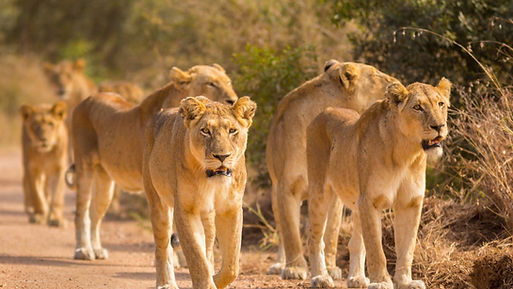
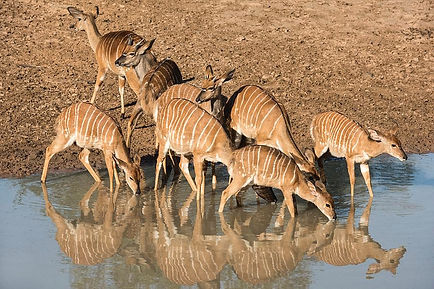

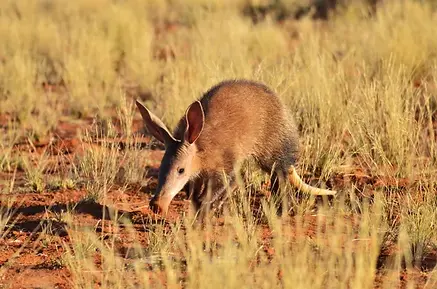
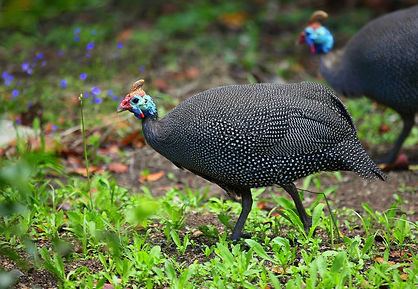
How The Data Is Evaluated?
At Faunus, we have adopted the Three Pillars model of wildlife sustainability, where all conservation activities are assessed under each pillar....
-
Pillar 1: Environmental Sustainability: we use all the data collected from landowners to determine the total positive and negative impacts on biodiversity, both directly and indirectly. Our goal is to promote the preservation and restoration of biodiversity around the globe, so studying the mechanisms that allows this is highly important.
-
Pillar 2: Economic Sustainability: this is where we find out if the financial model a landowner currently uses is sustainable over the long term, and whether it's vulnerable to market changes, the geopolitical situation of the region, or changes in regulations world wide. Ideally, we can then use this data to mold the economic model of other landowners, to ensure they are less vulnerable to such changes
-
Pillar 3: Cultural & Social Sustainability: under this pillar, we ensure that conservation programs not only allow for the cultural practices of indigenous and local people to continue, but to encourages them to thrive. We strongly believe that allowing people who live with wildlife to benefit from it's restoration and preservation is the best way to protect biodiversity, no matter where you are in the world.
All data that is gathered is analyzed under these three principles of sustainable conservation. From there, we can see if industries need to adapt more sustainable practices, or whether they're already on the right track.
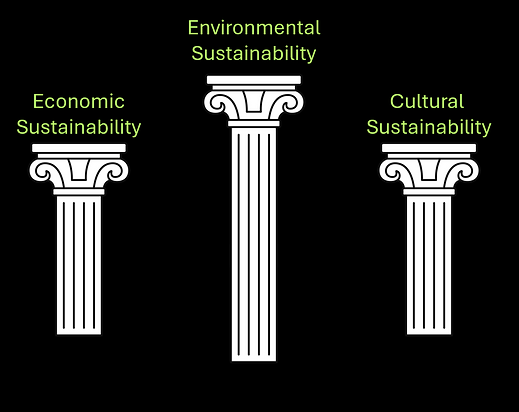
How do we Safeguard Your Data?
In the process of any form of data collection, we follow strict guidelines of data privacy, to ensure that population data on poaching sensitive species doesn't get into the the hands of the wrong people. In many situations, whilst we may request population data for species like Black Rhino's, we only intend to use said data to make region wide assessments of the species, not to specifically report how many individuals may reside on that reserve. All data is broken down into three Tier, each with it's own specific privacy policy...
-
Public Data: This is data that we intend on sharing with everyone, and will be publicly displayed on the personalized profile of each reserve. This usually applies to the populations of already common species, such as impala or springbok, or species that have little value to poachers. Other data points such as reserve area size, number of employees, and specific conservation practices. This Tier is for data that requires little protection as it is already publicly known, or is new information that reserves want to share with the public.
-
Private Data: This is a data that reserves may wish to keep private, such as the revenue of all their operations, or how much they pay specific types of employees. This data will not be publicly accessible to anyone, and will only be used to make region wide of industry wide assessments on conservation practices. Population data on particularly valuable species such as Kudu or Cape Buffalo can also be placed in this Tier, to prevent any chances of poaching.
-
Poaching Sensitive Data: this is specifically for species that are actively targeted by poachers, such as white and black rhinos, elephants, pangolins, and many of the large carnivore species. In this Tier, all data is transferred from reserve authorities to us in an encrypted state, where it will stay until it needs to be used. Additionally, reserve specific data will never be released to the public, and will only be sed o make region wide assessments on the plight of those species. This allows data to be viewed only by a very small, trustworthy group of people, that are motivated to keep said data private. For more information on the Data Encryption process, click the button at the bottom of the page, and that will direct you to a full explanation of that process.
Another advantage is that all of our data is processes and stored in New Zealand, where data privacy laws are incredibly stringent. All transfers of data into our possession is covered under the Privacy Act 2020, we are obligated to keep all data private, take all protection measures deemed reasonable to do so, and to only gather and store data for a lawful purpose. All of this means that we have every reason to take every step possible to protect your data over the long term, and to use it responsibly.
Privacy policies for each reserve can be tailored to suit their needs, and to accommodate for any specific protections that you might need. This will all be discussed during the consultation process. In the meantime, please have a read of our extensive privacy policy below, to see the protections that you will receive.
![Faunus_1.0-_(no_background)[1].png](https://static.wixstatic.com/media/684ede_9119f109be044e24997ff22fdfd55e34~mv2.png/v1/crop/x_31,y_0,w_365,h_402/fill/w_87,h_96,al_c,q_85,usm_0.66_1.00_0.01,enc_avif,quality_auto/Faunus_1_0-_(no_background)%5B1%5D.png)